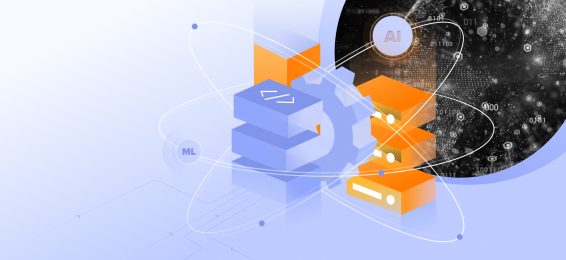What are the 4 types of data modeling?
Data modeling techniques can be categorized into four main types:
- Conceptual data modeling: This high-level model emphasizes business requirements and avoids technical details, making it suitable for stakeholders with limited technical expertise.
- Logical data modeling: Focused on detailed structures and relationships, it prepares data for tools like data modeling in Snowflake or data modeling with dbt. Many tools, such as data modeling tools for Snowflake, support this step.
- Physical data modeling: This implementation-oriented model includes storage details and supports data warehouse modeling by tools like data modeling with Erwin.
- Dimensional and predictive data modeling: These models are used for advanced analytics, such as predictive data modeling, and can integrate into platforms like data modeling in Salesforce.
What are the 5 steps under data modeling?
The data modeling process typically follows these structured steps:
- Understand the business requirements: Collaboration with stakeholders helps define the focus, including selecting suitable tools, such as data modeling tools free for prototyping.
- Define the entities and relationships: Map out key data components and their associations. Examples include data vault modeling for complex scenarios or data modeling in Python for programmatic implementations.
- Specify attributes: Detail the characteristics of each data entity, which can be managed using data modeling in Excel for small-scale projects or data modeling in Snowflake for cloud environments.
- Apply normalization: Reduce redundancy while optimizing structure, a principle used in tools like MongoDB data modeling or data modeling Power BI.
- Validate and refine the model: Test against real-world scenarios, utilizing resources like data modeling training or data modeling tutorial to enhance your approach.



